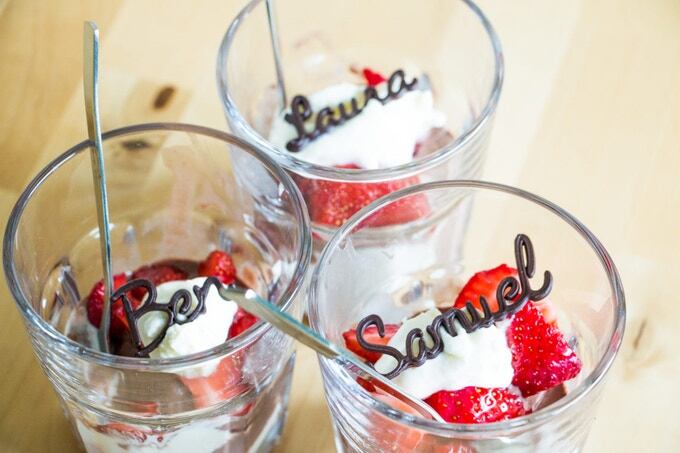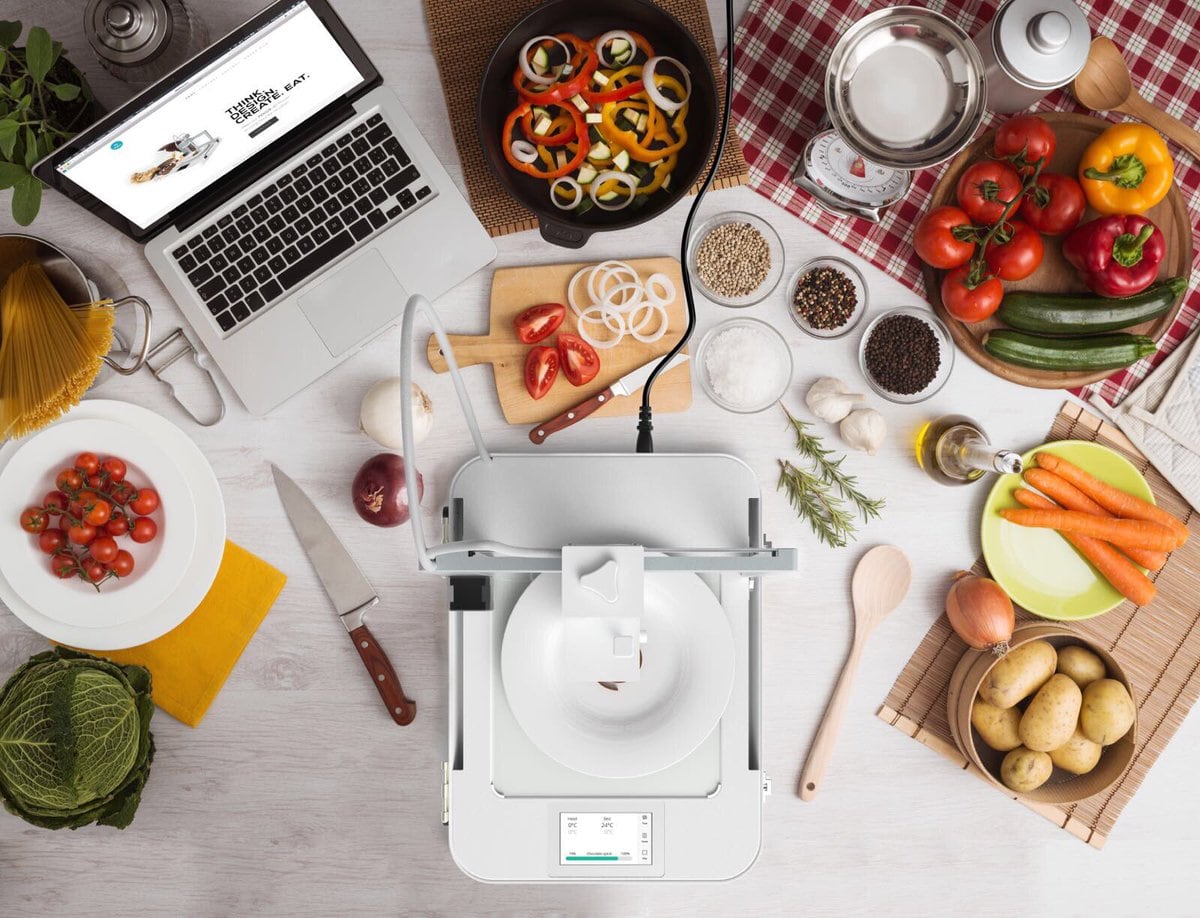The startup has launched a crowdfunding campaign on Kickstarter to support further research and development. Currently, it can only ship to backers in Europe, Australia and New Zealand, who have already pledged $17k – more than the roughly $11k goal.
In 2015, the Print2Taste team set out to create a machine that would retail for about €200 ($227) – ‘the magic price limit’ for everyday use. The company claims that the first rendition, called Procusini, was the ‘world’s first plug and play 3D food printer.’ Feedback from around the world informed this new version.
“With our many years of experience in the professional field of 3D food printing, we want to make the benefits of this amazing technology available to everybody,” said one of the team members. “With mycusini, consumers will get access to the creative world of 3D Choco printing at a very attractive price.”
One of the biggest challenges was taking the ‘fancy’ technology of 3D printing and adapting it to a home kitchen. About 27cm high and 19cm wide and long, mycusini takes up less space than most coffee machines, according to the company.
Print2Taste sold prototypes for €198, but SRP will rise to €398 – above the group’s initial ceiling yet similar to many kitchen devices. Home espresso machines, for example, typically cost $200 to $600.
The 3D printer will come equipped with more than 100 templates that can create text or objects, such as a butterfly.
In July, Print2Taste plans to undergo a pilot production series to ultimately receive product certification. Meanwhile, the team will continue to improve the software and add new templates.
How it works
A solid tube of the company’s brand of chocolate fits inside a stainless steel cartridge, which is then placed into a larger white tube that twists onto the machine. Refills cost about €0,80, sold in packs of 10. One chocolate refill makes four filigree letterings (such as the word ‘love’), 10 names or three solid shapes.
The printhead, which boasts a ‘high heat transfer and precise tip of 1mm in diameter,’ moves between 9.5mm per second and 25mm per second, depending on the context.
Because food experts created the technology, it is easier to use than more complicated 3D printers with complex software. It is also easy to clean, according to the company, because the chocolate – which is slowly heated – never touches the inner mechanisms of the device.
The user can type a name, for instance, into an app on their phone. The machine reads that information and ‘prints’ out the text. Down the line, Print2Taste expects to allow users to add their own templates, text or images through a membership-based system.
“There is nothing mysterious about 3D food printing,” the company says on its Kickstarter page. “It is just the dosing of a food product layer by layer by a small nozzle – or in other words, “the icing bag 4.0,” referring to a standard decoration tool in baking, pastry and confection.


